21 game consoles that never saw the light of day

According to insider Jez Corden, Microsoft is working on its own portable console. We will find out in the near future whether the pocket Xbox will go on sale or whether Phil Spencer's plan will remain unrealized. In the meantime, we suggest recalling other consoles that were developed, but never made it to store shelves. Many of them are preserved in single copies, and tens of thousands of dollars are asked for them at auctions.
Atari Game Brain (1978), Atari 2700 (1981), Atari Cosmos (1981), Atari Mirai (1991) Atari Panther (1992) and Atari Jaguar II (1995)
From 1977 to 1983, Atari was the undisputed leader in the gaming industry. Its main console, called the Atari 2600, sold much better than its closest competitors, Intellivision and ColecoVision. However, in parallel, the American company was developing other devices.
For example, it was planned to release Game Brain, which could run various variations of the classic Pong. But by the end of the 70s, these games had become noticeably outdated, so management canceled development.
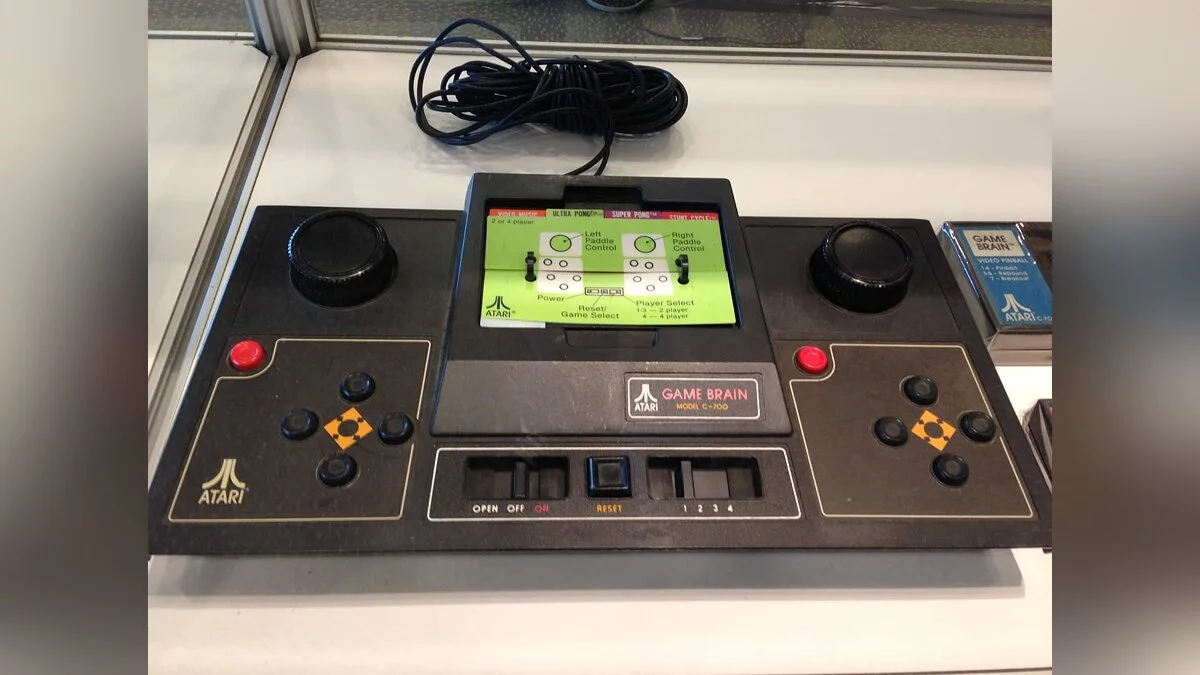
In 1981, the Atari 2700 was being prepared for release, which differed from the original console by the presence of wireless controllers. For the early 80s, such a solution seemed innovative. However, remote gamepads turned out to be too powerful — they could take control of a console that was located in another apartment or interact with other electronics, for example, a garage door control device. As a result, they decided to abandon their production.
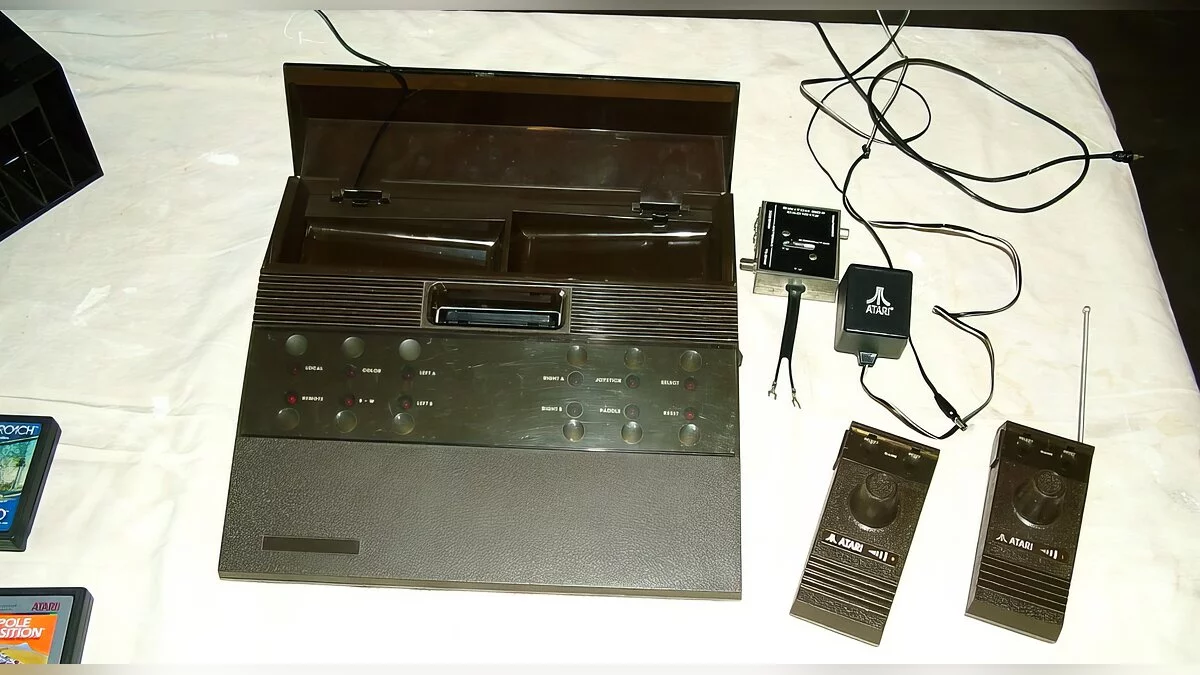
That same year, Atari announced the portable Cosmos. At that time, Nintendo had just launched the Game & Watch with a simple segmented screen. And the developers of «Cosmos» announced a three-dimensional display. In fact, the 3D effect was achieved using simple holographic coatings. When users figured out the deception, they were disappointed in the new portable. Due to the spoiled reputation of the console, it was decided not to release it on the market.
In 1983, the Computer Games Industry Crisis occurred. Nintendo took the place of the leader in console racing, and later Sega joined it. By the early '90s, Atari was planning a triumphant comeback. In particular, several home consoles were being developed at once. Among them were Mirai and Panther, about which little is known.
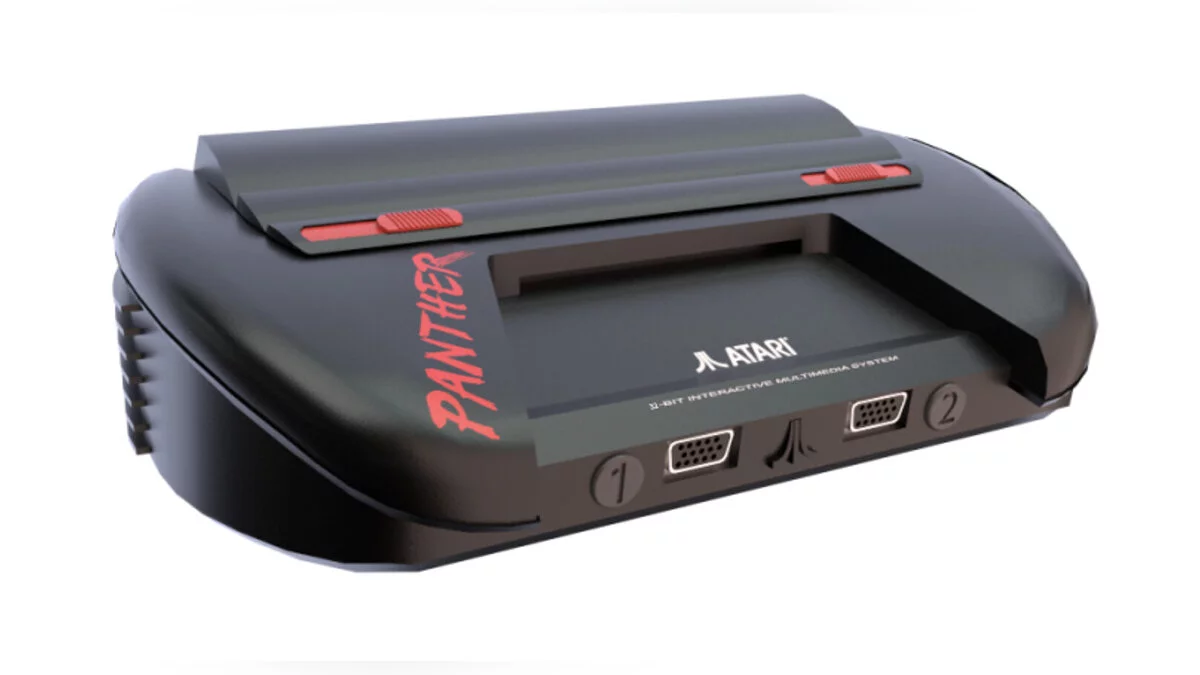
All we know is that they decided to abandon them in favor of the Atari Jaguar. It did come out, but its sales were far from expected. By 1995, it was planned to release the next version of the console, which was called Jaguar 2. However, already during development it became clear that full-fledged competition with the Sony PlayStation and Nintendo 64 would not work. Atari counted its losses for the first half of the 90s and decided to finally leave the hardware market to focus on software.
Have you played on Atari consoles?
Ultravision Video Arcade System (1982)
Many consoles have been touted as multimedia centers that can replace many other devices. For example, the PlayStation 1 was perceived as an inexpensive CD player, and the PS2 as a DVD player. But the Video Arcade System was even more versatile. Ultravision planned to release a console, computer and color TV in one box. The idea is interesting, and it could have worked if not for the Computer Gaming Crisis, which we already mentioned above. After 1983, investing in interactive entertainment seemed like a risky idea, so work on the Video Arcade System was discontinued.
Konix Multisystem (1989)
Konix is known as a manufacturer of controllers for consoles and PCs, as well as individual parts for exercise equipment. In the second half of the 80s, its management decided to create its own console. Outwardly, it resembled a car dashboard with a steering wheel, as well as the ability to install a motorcycle steering wheel and handles. It was assumed that the device would be tailored for various simulators.
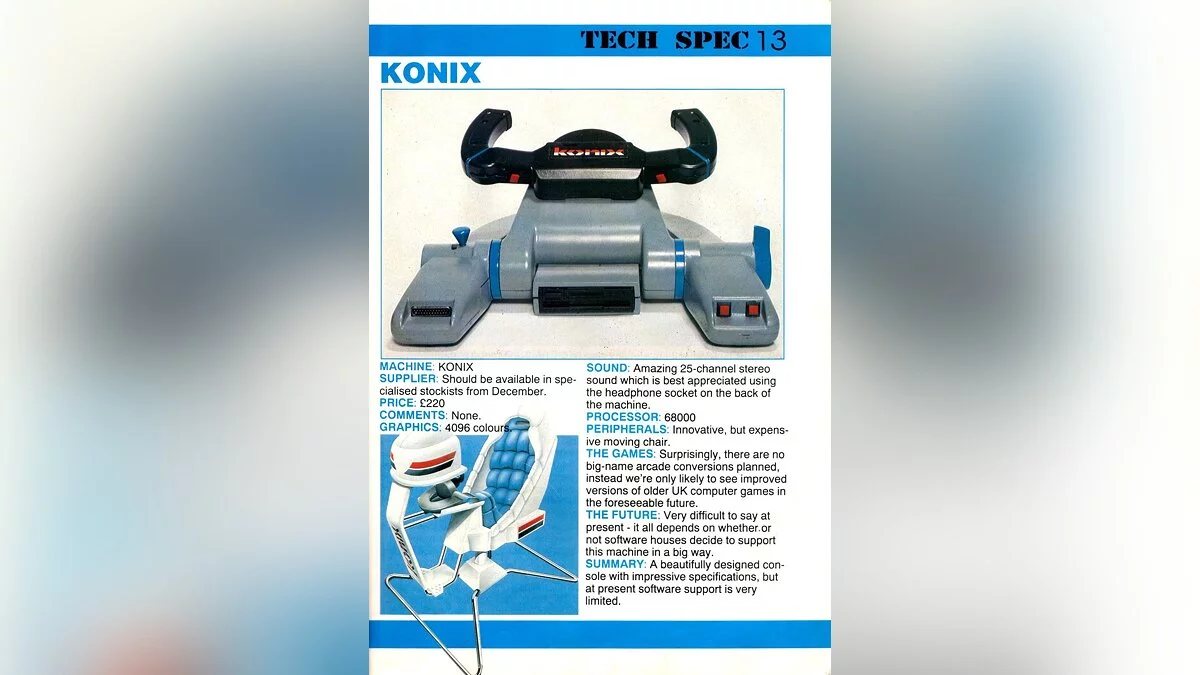
To reduce the cost of production, we decided to abandon powerful hardware and switch to inexpensive 3.5-inch floppy disks as a storage medium. Many developers called the lack of memory the main disadvantage of Multisystem. However, the problem turned out to be more global. The company, which previously dealt only with peripherals, was unable to organize the production of a full-fledged console. And Konix ran out of money at the worst possible time. Employees were no longer paid, and the only way out of this situation was to sell technology to other companies. In particular, some parts of the Multisystem formed the basis of the Atari Jaguar.
Control-Vision or NEMO (1989)
Games that used pre-recorded video with live actors instead of graphics gained popularity in the early 90s. But the first attempts in this direction were made back in the late 80s. Hasbro planned to use VHS tapes as media.
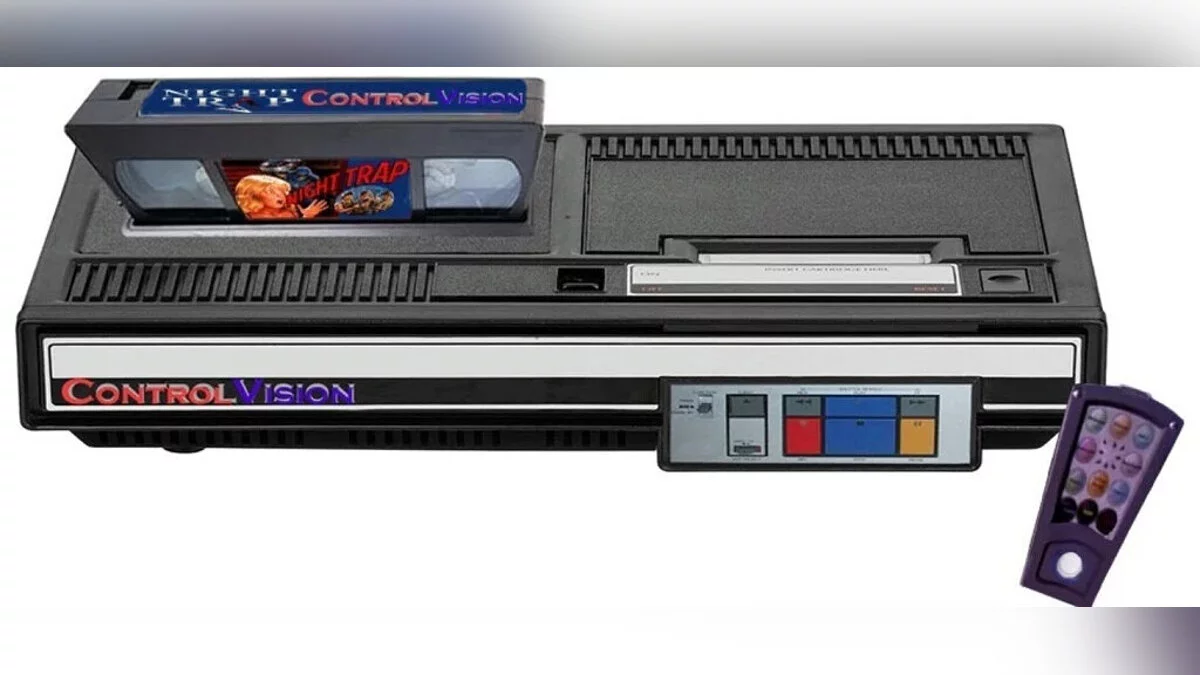
However, the costs of producing the console itself turned out to be enormous. And filming videos for games exceeded the planned expenses. Each of them cost about $3 million. To recoup the investment, Control-Vision needed to sell for $299. Obviously, users are not willing to pay that kind of money for a new experimental console. Therefore, in 1989, two months before the promised release of the device, it was announced that work on it would cease.
Note that the games for Control-Vision were later transferred to CDs and released on Sega CD.
Nintendo PlayStation or SNES-CD (1991)
In the first half of the 90s, active development of the CD format began. Sega and Nintendo decided to release disk drives for the then-current Mega Drive and SNES. For this, Big N turned to Sony. As a result, by 1991, a separate console with a CD drive was created that could run both discs and all Super Nintendo games on cartridges. However, creative differences arose between the companies. Sony wanted to retain control of the software, which was against Nintendo's policy. And she hastened to sign a new contract with Philips. The corporations were never able to resolve the differences. As a result, Sony brought its developments to fruition and released its own console called PlayStation, and the Nintendo 64 came out without a disk drive.
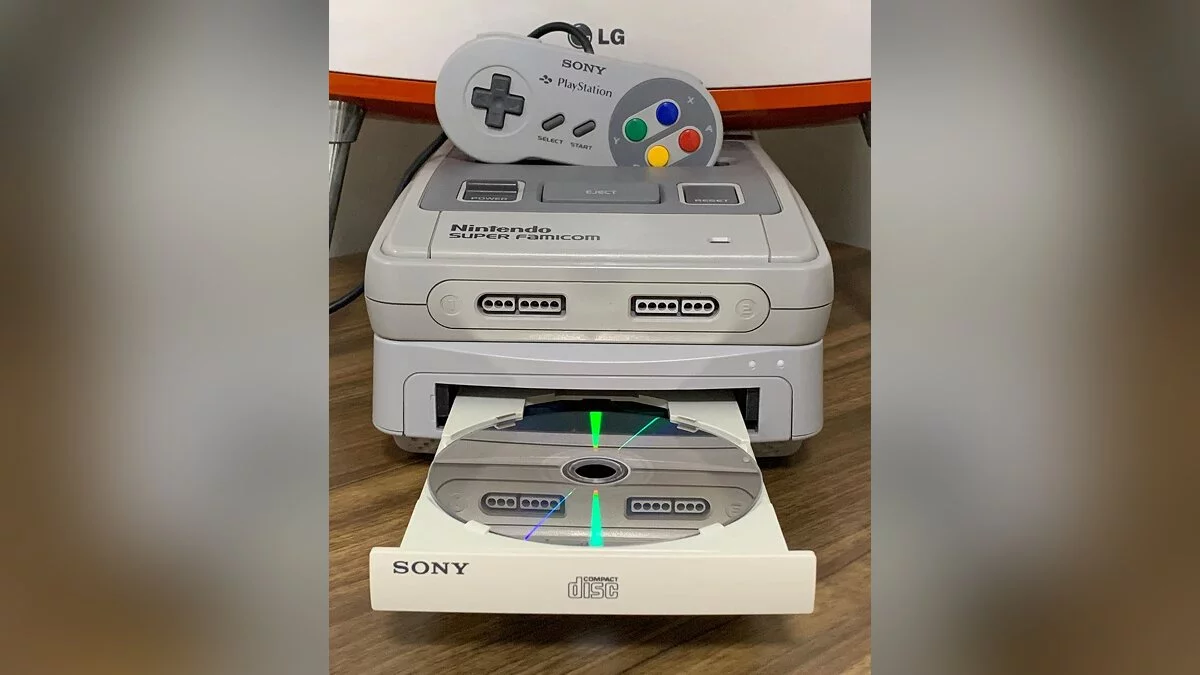
The SNES-CD never went on sale. Meanwhile, this console exists in physical form. In particular, it was shown at the 1991 Consumer Electronics Show.
Sega Neptune (1994), Sega VR (1994) and Sega Pluto (1997)
Sega, unlike Nintendo, was able to release a separate CD drive for its Mega Drive. But there were other additional devices for this console. In 1994, the Sega 32X went on sale, which made it possible to run new, more technologically advanced games. Among them were ports from arcade machines, such as Virtua Fighter, After Burner and Space Harrier, as well as projects with PC, for example, Doom.
At the same time, development was underway on the Sega Neptune, which combined the Sega 32X and Mega Drive in one case. However, the idea was considered unsuccessful. Due to a small library of games, weak graphics capabilities and the imminent release of the fifth generation of consoles represented by the Sony PlayStation and Nintendo 64, the Sega 32x failed to sell. Therefore, Neptune was abandoned in favor of Saturn.
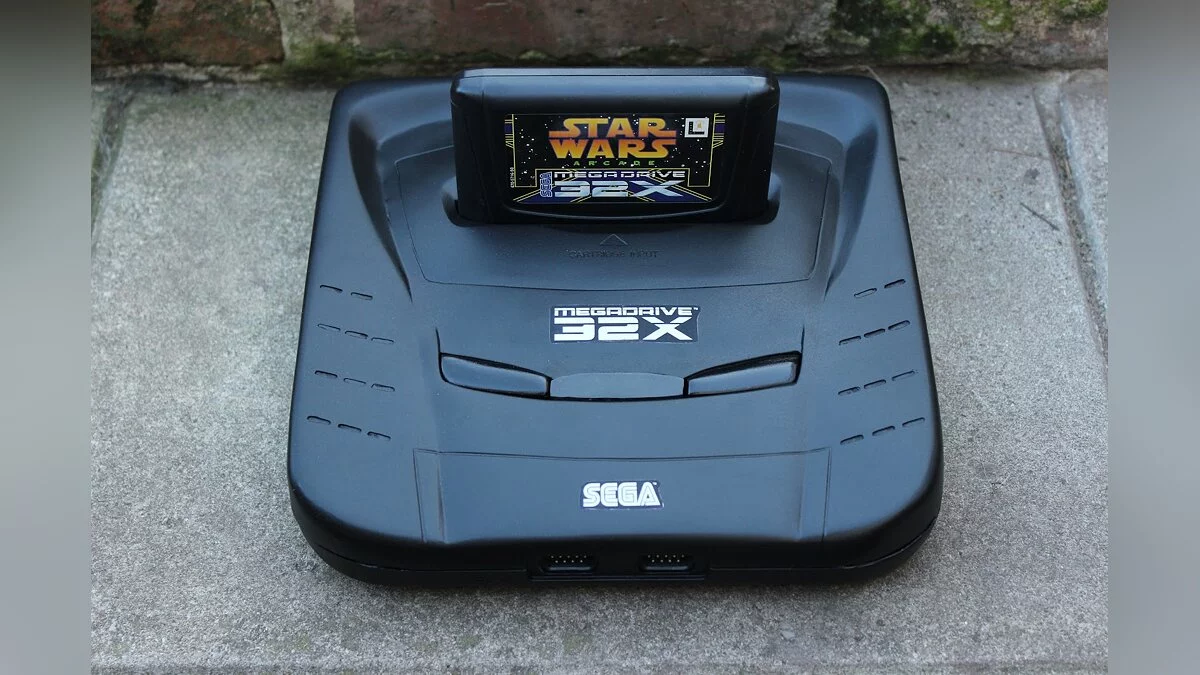
And back in the early 90s, Sega was developing its own VR helmet, which was also supposed to be used as an additional device for the Mega Drive. But during tests it turned out that the headset causes severe headaches and motion sickness. It was decided to abandon the production of such a helmet. You can find out what VR games of those years looked like if you check out the Nintendo Virtual Boy.
With Sega Pluto the situation is more prosaic. Here is a Saturn with a built-in NetLink modem. Due to the failure of Saturn, production of an improved version of the console was abandoned. In addition, in the mid-90s, only a few games supported online mode.
What Sega console did you have?
Action Gamemaster (1994)
Sometimes companies that pirate products become famous throughout the world. A prime example is Action Enterprises. On her unofficial collections, such as Action 52, you can find dozens of projects of dubious quality.
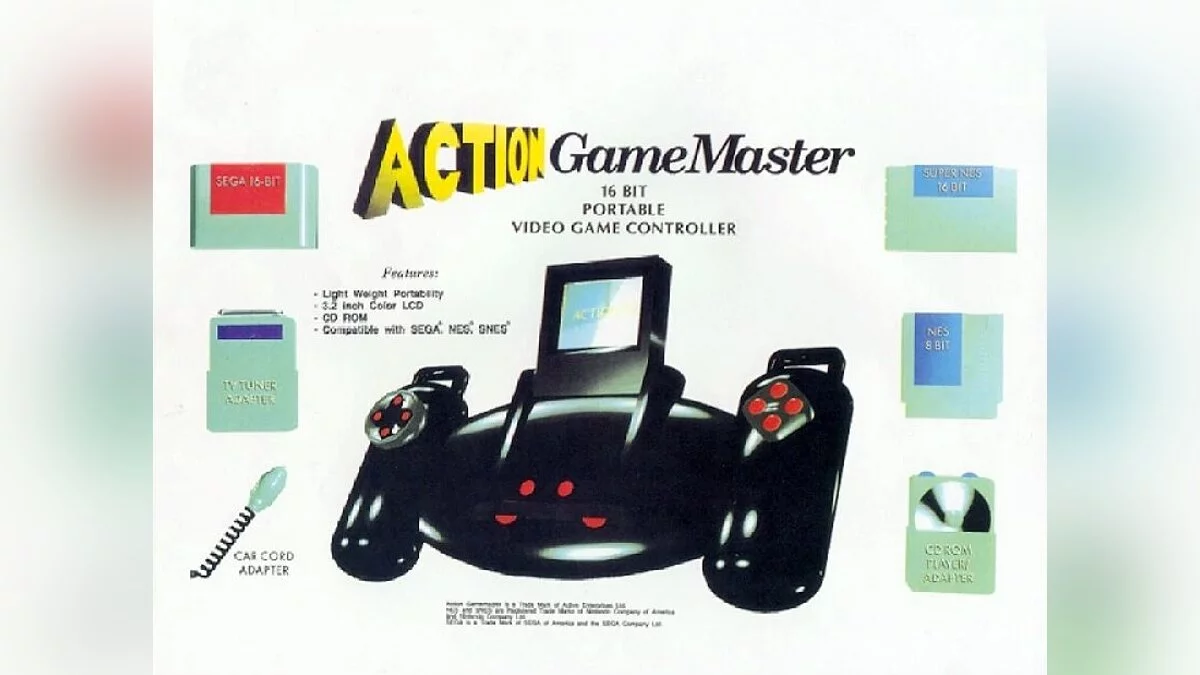
By the mid-90s, the company announced that it would release its own portable device. It was supposed to run cartridges from the NES, SNES and Sega Genesis. But Action Enterprises clearly did not calculate its strength, and the development of its own console led it to bankruptcy. However, even if they had completed the project, they would have been guaranteed to have to deal with lawyers from Sega and Nintendo.
Bandai Home Entertainment Terminal (1993)
In 1993, the portable Home Entertainment Terminal from the Japanese company Bandai was shown at the Tokyo Toy Show. It would run Super Nintendo cartridges, play music CDs, and access the Internet. But after the demo, no one heard anything about the console. The reasons for the cancellation of development remained a mystery.
Hasbro Toaster (1995)
In the mid-90s, they actively experimented with virtual reality. For example, Toaster had to offer users not only games, but also watching videos through a VR helmet. The manufacturing company Hasbro managed to patent its technology and enter into contracts with several publishers. However, after 1996, Toaster disappeared from the information field.
Panasonic M2 (1997) and Panasonic Jungle (2011)
Panasonic 3DO came out in 1993 and was the most powerful console at that time. But its price of $599 scared off potential buyers. It is the price that is called the main reason for the failure of this console. In addition, it had a modest library of available games, especially compared to its competitors.
In 1995, the successor to the 3DO, the Panasonic M2, was shown at E3. However, the Japanese company was hesitant to release the device to the market. It was obvious that the new console simply could not compete with PlayStation. As a result, M2 technologies were sold to third parties. They were used in a variety of devices, from Konami arcade machines to coffee machines, presentation devices and even electronic signage.
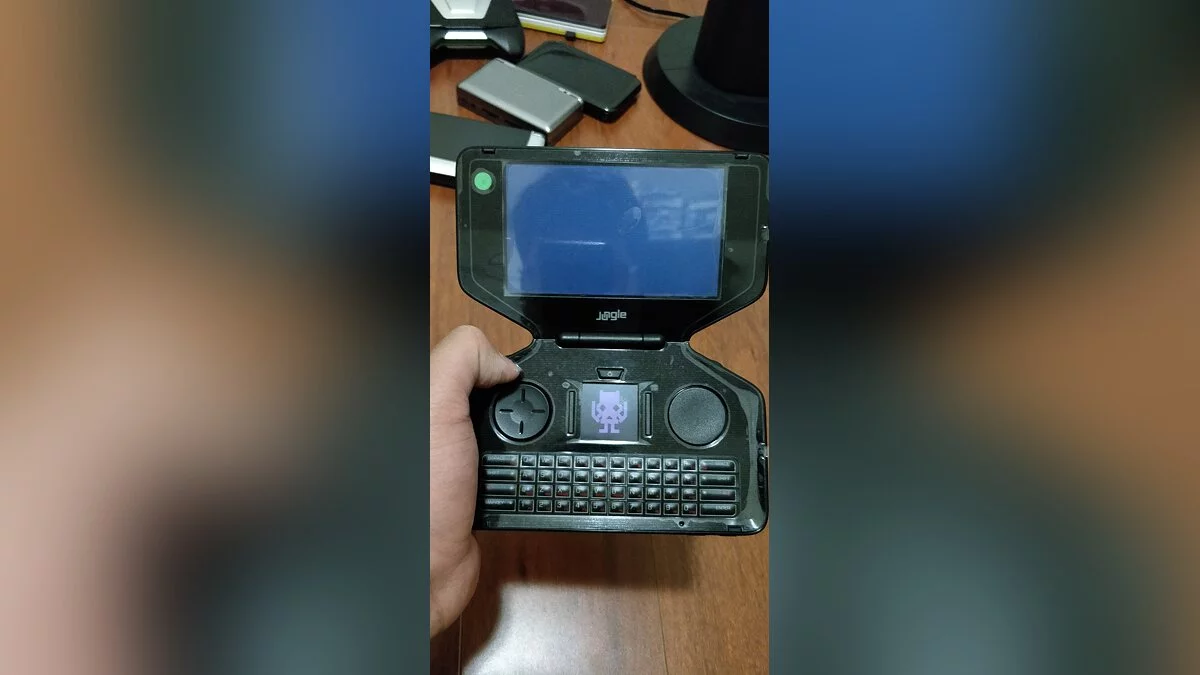
However, in the early 2010s, Panasonic planned to return to the console market. It was then that Jungle, a portable device that was aimed at MMORPG. The launch lineup was supposed to include Stellar Dawn, RuneScape and Battlestar Galactica Online. However, already in April 2011, development was curtailed. The reasons are obvious: the Nintendo 3DS was released in February, and the start of sales of the PlayStation Vita was scheduled for December. As with the M2, Panasonic once again had bad luck with its competitors.
Ericsson Red Jade (2001)

In 2001, the Swedish company Ericsson entered the mobile phone business. That's when Red Jade was announced. This console combined the functions of a smartphone, MP3 player and GPS navigator. It boasted excellent graphics and the ability to connect to the Internet. Sounds pretentious for the early 2000s. The closest competitors, Nokia N-Gage and PlayStation Portable, would be released only a few years later, and the then-current Game Boy Advance seemed too simple compared to Red Jade. Alas, in the same 2001, Ericsson did not calculate its strength and began to reduce production in order to minimize losses. Many projects, including this portable, were cancelled.
Phantom (2004) from Infinium Labs
Modern PlayStation 5 Digital and Xbox Series S consoles do not have a disc drive. It is expected that users will purchase games exclusively from online stores. A similar approach was used during the development of the Phantom, a mini PC from Infinium Labs that was supposed to come out 20 years ago. The bet was placed on powerful hardware, which was noticeably ahead of the PS2 and original Xbox that were current at that time. More than $60 million was invested in the development of the Phantom, but even this money was not enough. As a result, production was curtailed.
Game Park XGP (2006)
In 2002, the South Korean company Game Park released the GP32 portable console. True, it was not able to fully compete with the Game Boy Advance that was relevant at that time. The problem turned out to be not even in the device itself, but in the difficulties of delivery to the countries of America and Europe. Meanwhile, in 2006, a successor to the GP32 called XGP was announced. It was announced that she would receive three options — standard, small and children's. But already in 2007, Game Park declared itself bankrupt, and all its developments remained unrealized.
***
Which of the following consoles would you like to see in reality? Share your opinions in the comments!







